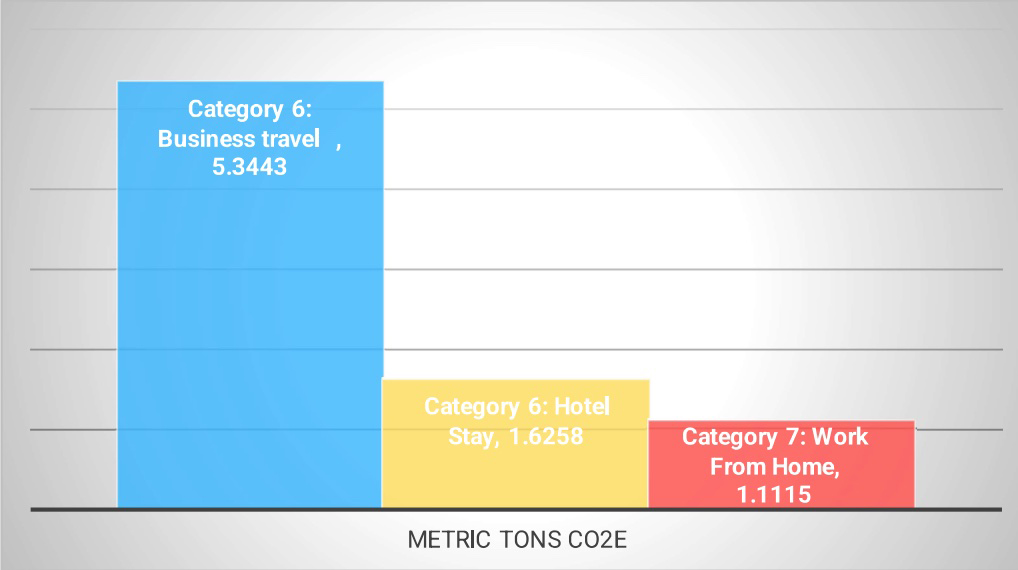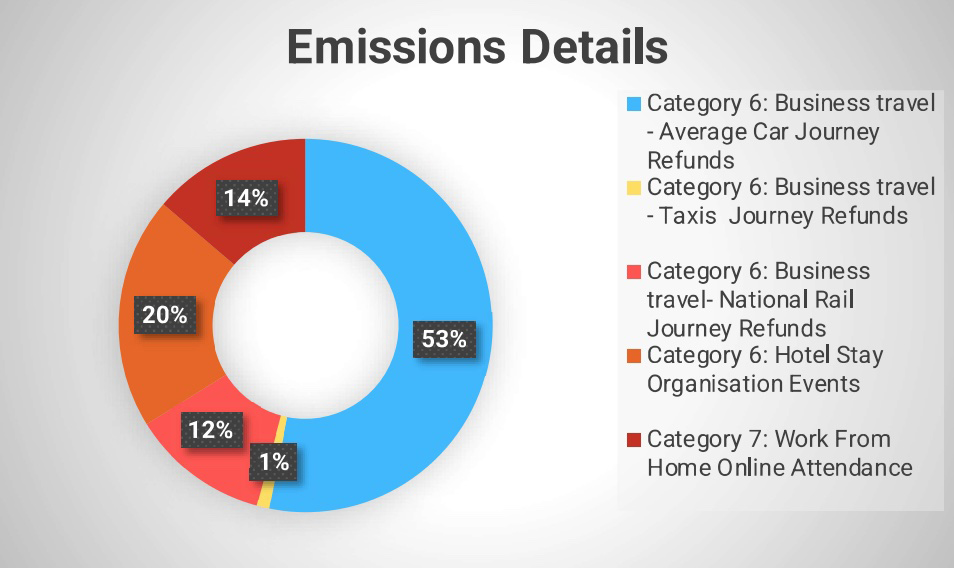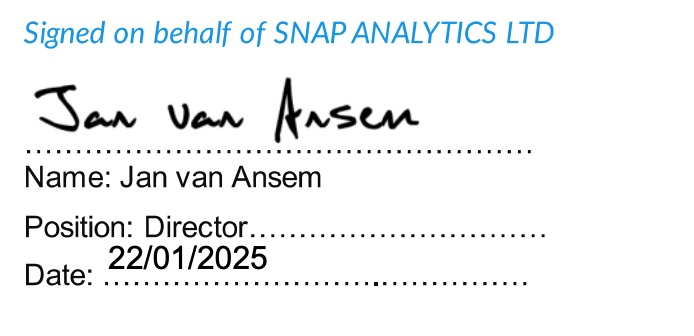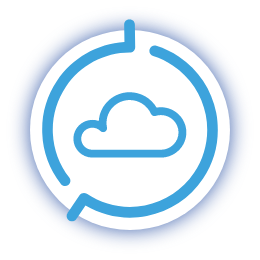Introduction
Snap Analytics, registered office Runway East, 1 Victoria Street, Bristol BS1 6AA, is committed to embedding sustainability into its operations through a Carbon Reduction Plan (CRP). As a low-emission organisation, we use efficient technology and sustainable business policies, enabling our workforce, clients, and suppliers to be informed ambassadors of our environmental standards.
Our clients, span sectors including finance, retail and public services, benefit from our expertise in data strategy and analytics, empowering them to incorporate carbon reduction measures within their own processes.
Our CRP sets out clear targets, detailed reduction strategies, and rigorous monitoring protocols to ensure lasting, measurable impact. With a focus on reducing energy usage, promoting resource efficiency, and encouraging the adoption of renewable energy sources, we are committed to making a meaningful contribution towards the UK’s net-zero ambitions. Our approach is built on transparency and accountability, with regular reporting to track progress against established goals.
By embedding sustainability in our business processes, Snap Analytics seeks to set a high standard in the industry for responsible practices, ensuring that our actions resonate across our supply chain and among all stakeholders. We view this plan as an essential step not only in reducing our own carbon footprint but also in leading the charge for a data-driven, sustainable future.
Commitment to achieving Net Zero by 2030
Snap Analytics is dedicated to achieving net-zero emissions by 2030, utilising innovative technology, data analytics, and sustainability-focused practices. By embedding emissions reductions in our operations and empowering clients to adopt sustainable processes, we are committed to meeting ambitious targets that align with the UK’s environmental goals. This plan reflects our accountability and transparency, ensuring we support a low-carbon future for our clients, partners, and community while fostering industry-wide change through datadriven strategies.
Baseline Emissions Footprint 1st January – 31st December 2023
| SCOPES AND CATEGORIES | METRIC TONS C02e |
| Scope 1: Direct emissions from owned/controlled operations | 0.00 |
| Scope 2: Indirect emissions from the use of purchased electricity, steam, heating, and cooling | 0.00 |
| Scope 3 Emissions Categories Breakdown | |
| Category 1: Purchased goods and services | 0.00 |
| Category 2: Capital goods | 0.00 |
| Category 3: Fuel- and energy-related activities (not included in scope 1 or scope 2) | 0.00 |
| Category 4: Upstream transportation and distribution | 0.00 |
| Category 5: Waste generated in operations | 0.00 |
| Category 6: Business travel | 5.3443 |
| Category 6: Hotel Stay | 1.6258 |
| Category 7: Employee commuting | 0.00 |
| Category 7: Work From Home | 1.1115 |
| Category 9: Downstream transportation and distribution | 0.00 |

Figure 1 illustrates that Snap Analytics is already functioning as a low-emission organisation, which presents challenges in achieving significant reductions. Nonetheless, we remain committed to minimising our carbon footprint. In the coming years, we will actively explore opportunities to reduce emissions by harnessing available technologies and enhancing our understanding of potential reduction areas. By embracing innovative solutions and continually assessing our operational impacts, we aim to identify new pathways for improving efficiency and sustainability, ensuring proactive efforts to lower emissions wherever possible.
Zero Emissions Rationale
Scope 1 (Direct Emissions): As we do not own or control any combustion equipment or facilities, we have no direct emissions from owned or controlled sources, ensuring zero Scope 1 emissions.
Scope 2: (Indirect emissions from the use of purchased electricity, steam, heating, and cooling): Our rent includes utilities; we currently lack specific data regarding these emissions. However, we have requested information from the landlord to gain better insight into the energy usage tied to our operations. Once this data is obtained, we will record and report the associated emissions in line with our environmental goals. These figures will be included in our reports as soon as they become available.
Scope 3 (Category 1-4): We are working with suppliers to capture Scope 3 emissions in Categories 1-4, which cover purchased goods and services, capital goods, fuel- and energy-related activities (not included in Scope 1 or 2), and upstream transportation
and distribution. Emissions from these areas will be included in our 2024 report and form part of the Carbon Reduction Plan (CRP)..
Scope 3 (Category 5: Waste generated in operations): Currently, waste disposal is managed by the landlord as part of our rental agreement. However, we have requested details from the landlord regarding the waste generated by our operations. Once this information is provided, it will be incorporated into our Carbon Reduction Plan (CRP).
Scope 3 (Category 8-9 – Upstream and Downstream Leased Assets): Our business procedures are limited in these areas, as we do not own or lease significant assets that would contribute to upstream or downstream emissions, ensuring minimal to no emissions in these categories.
Methodology & References
Emissions have been reported and recorded in accordance with the published reporting standard for Carbon Reduction Plans and the GHG Reporting Protocol corporate standard and uses the appropriate Government emission conversion factors for greenhouse gas company reporting.
Scope 1 and Scope 2 emissions have been reported in accordance with SECR requirements, and the required subset of Scope 3 emissions have been reported in accordance with the published reporting standard for Carbon Reduction Plans and the Corporate Value Chain
(Scope 3) Standard.
https ://q hg protocol.org/corporate-standard
https://www.qov.uk/govemment/collections/govemment-conversion-factors-for-company-reportinq https://ghgprotocol.org/standards/scope-3-standard
| Scope 3 Category | Sources of data to calculate emissions | Emissions in tCO2e |
| Category 6: Business travel – Average Car | Journey Refunds | 4.2925 |
| Category 6: Business travel – Taxis | Journey Refunds | 0.0876 |
| Category 6: Business travel- National Rail | Journey Refunds | 0.9642 |
| Category 6: Hotel Stay | Organisation Events | 1.6258 |
| Category 7: Work From Home | Online Attendance | 1.1115 |
| EMISSIONS TOTAL | 8.0815 |

Current Emissions Reporting 1st January-31st December 2023
For our inaugural Carbon Reduction Plan, Snap Analytics’ baseline year and current emissions reporting year are the same.
Emissions reduction targets
Snap Analytics’ inaugural Carbon Reduction Plan, initial emissions data have been established with a total of 8.0815 tCO2e across Scope 3 categories. This breakdown includes:
- Business Travel: Average Car (4.2925 tCO2e), Taxis (0.0876 tCO2e), and National Rail (0. 9642 tCO2e)
- Hotel Stay during Organisation Events (1.6258 tCO2e)
- Work from Home activities (1.1115 tCO2e)
Going forward, Science-Based Targets initiative (SBTi) calculations will guide future reduction targets. With baseline data now set, Snap Analytics can better assess progress in lowering Scope 3 emissions annually.
Short-Term Targets (2024-2026)
- Reduce Scope 3 emissions by 25%: Implement sustainable travel policies and increase the use of virtual meetings.
- Increase employee awareness: Conduct quarterly training sessions on sustainability practices and emissions reduction.
- Establish baseline for emissions tracking: Develop a robust carbon tracking system to 50measure progress against targets.
Medium-Term Targets (2027-2028)
- Achieve a 50% reduction in Scope 3 emissions: Leverage technology to enhance remote work and travel efficiency.
- Transition to renewable energy sources: Aim for 75% of energy usage to come from renewable sources in office operations.
- Implement a comprehensive carbon offset programme: Invest in projects to offset remaining emissions, contributing to global sustainability efforts.
Carbon Reduction Initiatives
Snap Analytics’ commitment to achieving net-zero emissions by 2030, the following carbon reduction initiatives are recommended:
- Sustainable Travel Policies: Encourage the use of public transport, carpooling, electric vehicles and cycling for business travel.
- Virtual Meetings: Increase the use of video conferencing tools to reduce travel emissions associated with meetings.
- Remote Work Strategies: Promote flexible work arrangements to limit the need for commuting, thus reducing emissions from transportation.
- Energy Efficiency in Operations: Implement energy-saving measures in office spaces, such as LED lighting and smart thermostats, to lower emissions from electricity consumption.
- Carbon Offsetting: Invest in verified carbon offset projects to mitigate emissions that cannot be eliminated, such as reforestation or renewable energy initiatives.
- Employee Engagement and Training: Conduct regular training sessions on sustainability practices and encourage employees to adopt lower-carbon lifestyles.
These initiatives, guided by SBTi calculations, will help Snap Analytics systematically reduce its emissions over time, aligning with the overall goal of reaching net zero by 2030.
Declaration and Sign Off
This Carbon Reduction Plan has been completed in accordance with PPN 06/21 and associated guidance and reporting standard for Carbon Reduction Plans.
Emissions have been reported and recorded in accordance with the published reporting standard for Carbon Reduction Plans and the GHG Reporting Protocol corporate standard1 and uses the appropriate Government emission conversion factors for greenhouse gas company reporting2.
Scope 1 and Scope 2 emissions have been reported in accordance with SECR requirements, and the required subset of Scope 3 emissions have been reported in accordance with the published reporting standard for Carbon Reduction Plans and the Corporate Value Chain (Scope 3) Standard3.
This Carbon Reduction Plan has been reviewed and signed off by the board of directors (or equivalent management body).

1https://ghgprotocolorg/corporate-standard
2https://www.gov.uk/government/collections/government-conversion-factors-for-company-reporting
3https://ghgprotocol.org/standards/scope-3-standard


